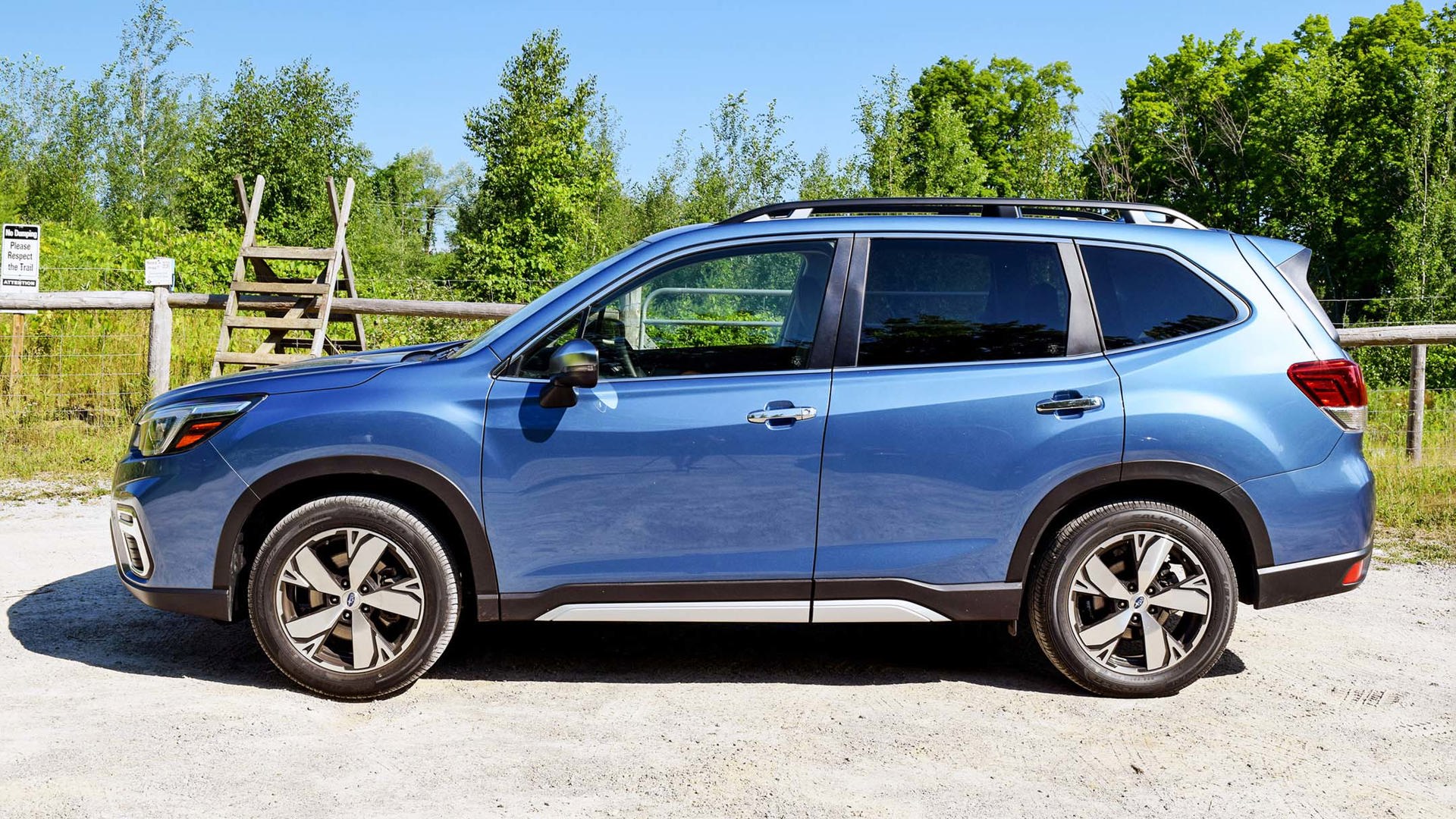Sport-utility vehicles (SUVs) are among the most popular segments in Canada and there is a wide variety of different types for varying budgets, styles, needs, and lifestyles. We know it can be tricky to navigate through all the options, so if you’re thinking about buying your first SUV – or even if you’ve already owned one – we have some pointers to help you make a more confident decision.

Look Around the Showroom First
An SUV may be the default pick for many buyers, but there might be better choices for you. A hatchback may be all you need – it may even be the same overall size as the sport-utility you’re considering, just with a lower suspension height – and may cost less and be more fuel efficient. And while minivans are considered the least-cool vehicles on the planet, if you’re looking for a three-row vehicle because you’ll be consistently moving a lot of people, there isn’t an SUV on the market that can do a better job than a minivan.
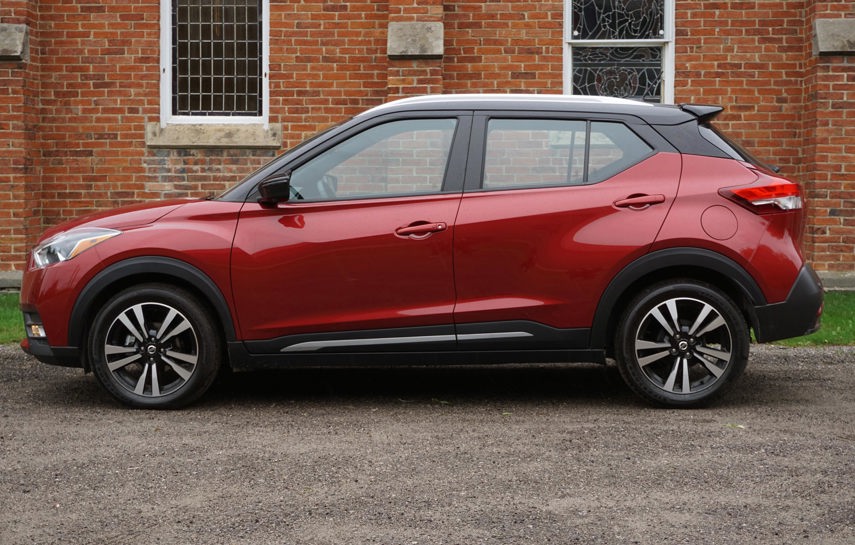
Two-Wheel or All-Wheel Drive?
Contrary to popular belief, not all SUVs come with all-wheel drive (AWD). There are a handful of smaller crossovers that don’t offer AWD at all, so just make sure you’re getting what you want.
As it sounds, two-wheel drive (2WD) powers one set of wheels, and on most SUVs with it, it’ll be the front ones (FWD stands for front-wheel drive). That’s all many drivers need, and it’ll also be more fuel efficient. However, most SUVs that offer 2WD do so only on the base trim levels, so moving up to more features also means moving up to all-wheel drive.
Exactly how AWD works depends on the vehicle. Many power the front wheels until slippage is detected, then the system will transfer some power to the rear wheels when it’s needed for traction. Some systems, including Subaru’s, send power to all four wheels all the time, although the front may get a little more, depending on the vehicle. Either type should work for most drivers, but even with AWD, a dedicated set of winter tires will still be necessary.
![]()
How Much Off-Roading Will You Really Do?
Some SUVs, such as the Jeep Wrangler, Toyota 4Runner, and Chevrolet Suburban are four-wheel drive (4WD). The terms AWD and 4WD are often used interchangeably, but they’re not the same. It’s important to know the difference – as well as what kind of 4WD you’re considering.
On a basic system, you’ll usually see settings for two-wheel drive (2WD), and then 4-High and 4-Low. Those last two are strictly for off-road or very slippery surfaces, because they can be damaged if they’re driven on hard surfaces like regular roads. You can only drive in 4WD on asphalt if your vehicle has a 4-Auto setting. On many SUVs, 4-Auto is only added to pricier trim levels.
On average, an SUV with 4WD will cost more and use more fuel than a comparably equipped one with AWD. Many drivers overestimate what they need. Unless your cottage or campsite is truly beyond the beaten path, with rock-crawling or mud-bogging to get there, AWD should be more than enough. Be realistic with what your needs are.
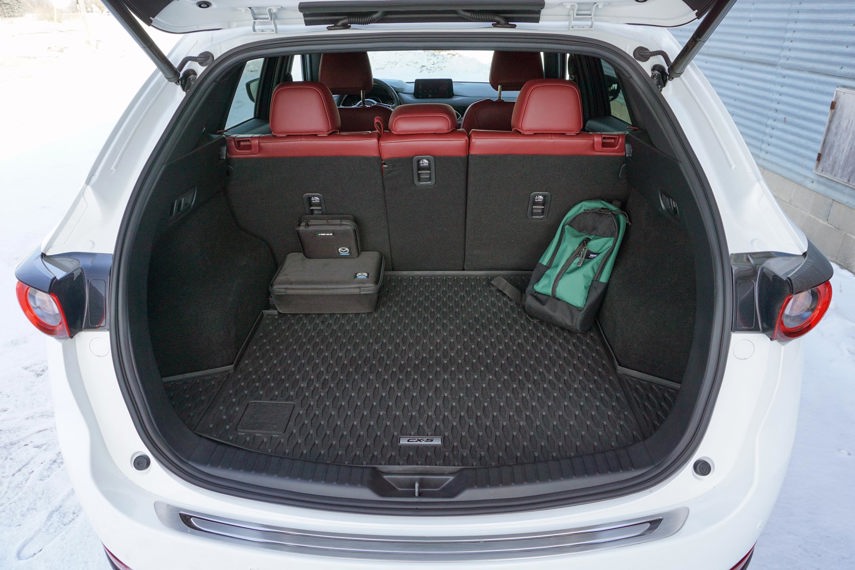
Cargo Volume Isn’t the Whole Story
It’s useful to compare the volume of cargo capacity for your initial list of possible SUVs, but you’ll want to see in person exactly what you’re getting before you choose. Look at how wide the hatch is, how far the liftgate opens, how high you have to lift items over the bumper, if it’s easy to fold the rear seats down, if they fold flat, and if the wheel wells or other components intrude into the cargo area. A vehicle won’t work if you can’t fit your dog crate, stroller, golf clubs, or other important items into it, so make sure to bring along some of the stuff you might be carrying to your test drive.
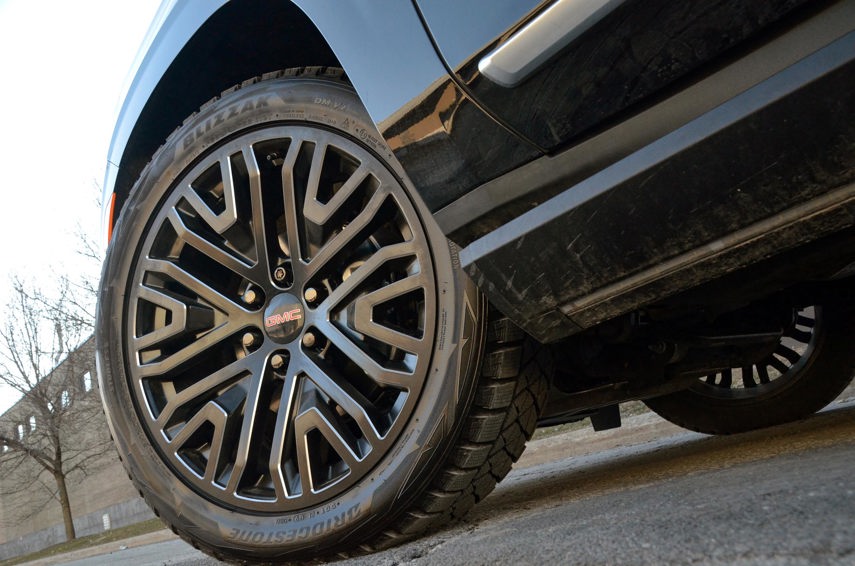
Oversized Is Extra Money
An SUV will usually have larger wheels than a sedan or hatchback. Those can then get even bigger as you move up the trim ladder – and those tires will cost a lot more to replace when they wear out, or when you buy winter tires. Larger wheels are usually clad in lower-profile tires, which have a smaller sidewall. These can give you a firmer, harsher ride, and more chance of expensive wheel damage if you hit a pothole. Keep these extra costs in mind when shopping for an SUV.
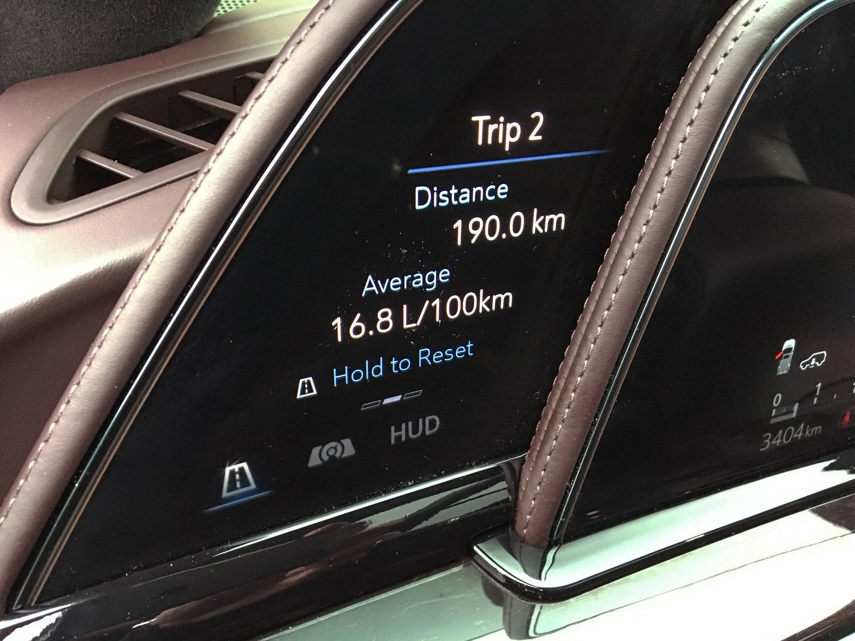
Prepare for the Pumps
The more a vehicle weighs and the more wheels it drives, the more fuel it takes to get it moving. If you’re going from a car into an SUV, your gas bills will probably go up. Auto manufacturers regularly add fuel-saving technologies to their new SUVs, but they can have mixed results. For example, many put small, turbocharged engines into large SUVs – the idea being that the smaller size is inherently more efficient, while the turbocharger provides extra power when needed. But if you drive aggressively or the vehicle is fully loaded with people and stuff, the turbocharger kicks in more often to make power, and uses more fuel when it does.
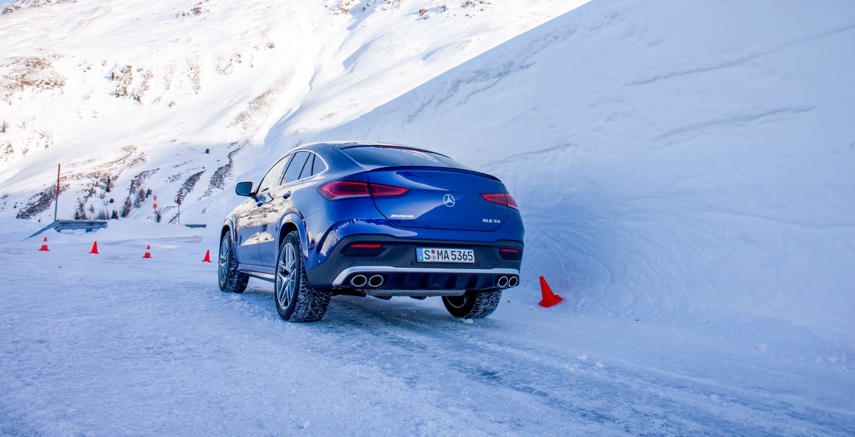
A Handle on Handling
A sport-utility vehicle has a higher centre of gravity than a car, and along with its extra weight, you’ll notice a difference in handling. Expect more “body roll” – the vehicle’s tendency to lean in the opposite direction of a turn or quick lane change. It’s even more pronounced with aggressive driving or if you have to make a quick emergency manoeuvre.
Don’t make the mistake of assuming a sport-ute with AWD is the cure-all for tough winter weather. You still need winter tires and will still need to change your driving to suit road conditions. And while AWD will give you traction for better acceleration, it doesn’t help to stop any sooner – and its extra weight may even increase stopping distances.
Final Thoughts
As with any product, the popularity of SUVs means you should have a look, but don’t automatically assume you need one. Compare every type of vehicle in the showroom, based on the size and configuration you need, how you’re going to use it, and how it’s going to fit into your family – and your garage. It’s the only way to start off on the right foot with your new vehicle.
